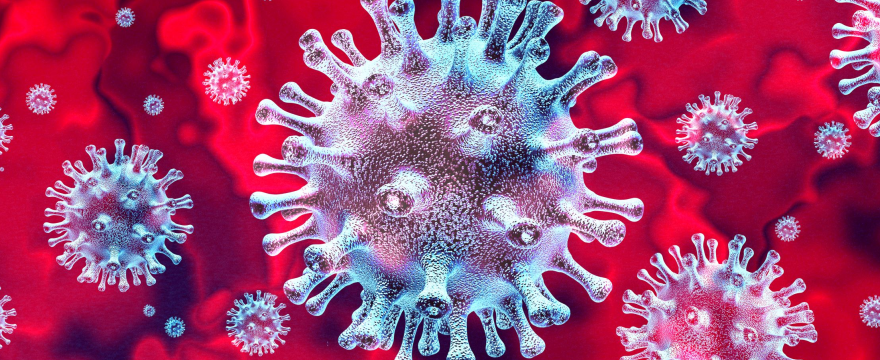The novel coronavirus, or COVID-19, is spreading in countries across the word, including in the East African region.
Many Sudanese and South Sudanese do not know how contagious the new coronavirus is.
This piece aims at explaining World Health Organization (WHO) guides on how to protect yourself and others from the virus.
In our previous section we explained the risk of catching COVID-19 and worries. Today we look at the section which is about treatment for COVID-19 and when to wear a mask to protect yourself.
Is there a vaccine, drug or treatment for COVID-19?
Not yet. To date, there is no vaccine and no specific antiviral medicine to prevent or treat COVID-2019. However, those affected should receive care to relieve symptoms. People with serious illness should be hospitalized. Most patients recover thanks to supportive care.
Possible vaccines and some specific drug treatments are under investigation. They are being tested through clinical trials. WHO is coordinating efforts to develop vaccines and medicines to prevent and treat COVID-19.
The most effective ways to protect yourself and others against COVID-19 are to frequently clean your hands, cover your cough with the bend of elbow or tissue, and maintain a distance of at least 1 meter (3 feet) from people who are coughing or sneezing.
IS COVID-19 the same as SARS?
No. The virus that causes COVID-19 and the one that caused the outbreak of Severe Acute Respiratory Syndrome (SARS) in 2003 are related to each other genetically, but the diseases they cause are quite different.
SARS was more deadly but much less infectious than COVID-19. There have been no outbreaks of SARS anywhere in the world since 2003.
Should I wear a mask to protect myself?
Only wear a mask if you are ill with COVID-19 symptoms (especially coughing) or looking after someone who may have COVID-19. Disposable face mask can only be used once. If you are not ill or looking after someone who is ill then you are wasting a mask. There is a world-wide shortage of masks, so WHO urges people to use masks wisely.
WHO advises rational use of medical masks to avoid unnecessary wastage of precious resources and mis-use of masks.
The most effective ways to protect yourself and others against COVID-19 are to frequently clean your hands, cover your cough with the bend of elbow or tissue and maintain a distance of at least 1 meter (3 feet) from people who are coughing or sneezing.
How to put on, use, take off and dispose of a mask?
-Remember, a mask should only be used by health workers, care takers, and individuals with respiratory symptoms, such as fever and cough.
-Before touching the mask, clean hands with an alcohol-based hand rub or soap and water
-Take the mask and inspect it for tears or holes.
-Orient which side is the top side (where the metal strip is).
-Ensure the proper side of the mask faces outwards (the coloured side).
-Place the mask to your face. Pinch the metal strip or stiff edge of the mask so it moulds to the shape of your nose.
-Pull down the mask’s bottom so it covers your mouth and your chin.
-After use, take off the mask; remove the elastic loops from behind the ears while keeping the mask away from your face and clothes, to avoid touching potentially contaminated surfaces of the mask.
-Discard the mask in a closed bin immediately after use.
-Perform hand hygiene after touching or discarding the mask – Use alcohol-based hand rub or, if visibly soiled, wash your hands with soap and water.
The next section is about the incubation period for COVID-19 and how long does the virus survive on surfaces. Radio Tamazuj will bring you more information about this part tomorrow.




